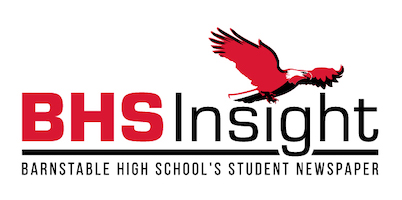Divided We Stand: Internal Divisions Plague the Major Parties in the USA
April 2, 2018
Left, Right, Liberal, Conservative, Democrat, Republican; the two major political parties in our country can be called multiple names that suggest opposite key ideologies. However, divisions persist even within the parties themselves, leaving many people uninformed or confused about each party’s true beliefs.
In order to understand the parties, one must first look at their histories.
The Democratic party was founded by Thomas Jefferson in 1792, centered around the conservative belief of supporting the southern farmers and slavery as opposed to the prosperous urbanites. The Republican Party was born as an anti-slavery party in 1854 just before the Civil War, in which it had more of a liberal stance. When the Civil Rights Movement occurred during the 60s, the parties seemed to swap their stances.
The platforms of these parties have changed since the 1960s, but overall their fundamental outline has remained the same. Today, the basic belief of the Democratic Party is that “the federal government should take a more active role in people’s lives, particularly those who are in need.” said Scholastic. In contrast, the GOP (Grand Old Party, also known as Republican) generally is more conservative and prefers less governmental influence on the lives of the people, as in less taxes and social programs.
“Identity politics” have become the main focus lately according to Steve Moynihan, the AP government and politics teacher. This concept refers to exclusive political alliances among people of certain religious, ethnic, or racial groups.
For example, coastal, urban, and diverse populations, such as immigrants, women, minorities, and blue collar families, have a tendency to identify with the Democratic Party. This leaves out the central rural white populations as well as white-collar families and business owners, who tend to identify with the Republican party.
Identity-based political association seems now to be causing divides not just between but within the 2 major parties. For the most part, four categories have formulated: Far Left and Far Right, then moderate Republican and Democrat. Though they may sound the the same, they have been causing great conflict in government.
The Democrats who don’t identify with the very far left wish to attempt to try and include the under represented voices of the middle-class white voters who generally identify with the GOP party, whereas the far left members tend to solely focus on their majority followers. Other arguments have surfaced over where the party stands on free trade, health care, foreign affairs, Wall Street, and dealing with Trump according to Time Magazine’s article “The Democrats’ Dilemmas.”
“Most of my life there were about 20% on the right fringe and the left fringe, but 60 percent in the middle, where common sense would prevail. Now I’m thinking 40% on each fringe.” said Senator Joe Manchin, a West Virginian Democrat, expressing his frustration with his party.
When regarding the Republican Party, the major division regards loyalty to and agreement with President Donald Trump. The president’s controversial approach to governing the country has accented the disconnection within the GOP, between the devout and unbendable far right and the less strict Republicans.
“It is clear at this moment that a traditional conservative, who believes in limited government and free markets, who is devoted to free trade, who is pro-immigration, has a narrower and narrower path to nomination in the Republican Party, the party that has so long defined itself by its belief in those things.” said Jeff Flake, a Republican senator for Arizona on the senate floor. Flake rose to declare his resignation from the Senate at the end of his term, as he could not continue in an environment where “anything short of complete unquestioning loyalty to a president who belongs to my party is unacceptable.”
These declarations from both parties emphasize that neither party completely consists of extremists. Though the USA is greatly divided in many ways, “both parties want a safe and prosperous country” said Moynihan.

